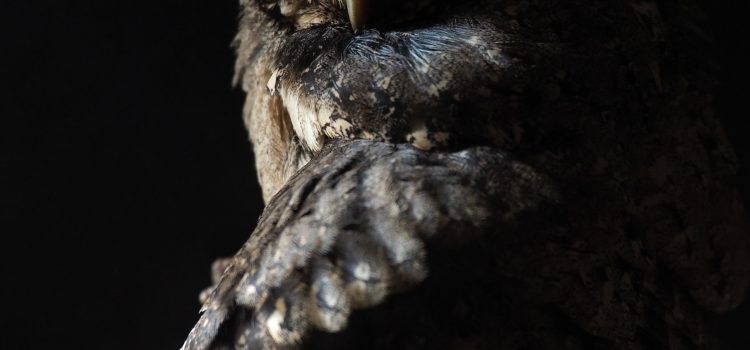
I have delved into the intriguing world of owls to uncover the science behind their remarkable hunting abilities, which make them the ultimate nocturnal predators. Owls are renowned for their stealthy and precise hunting techniques, and their unique adaptations have earned them a reputation as formidable hunters of the night. In this article, we will explore the science behind their hunting abilities and shed light on what makes owls truly exceptional predators.
Silent Flight: The Art of Stealth One of the key elements that make owls such effective hunters is their silent flight. Owls possess specialized adaptations in their wings and feathers that allow them to fly virtually soundlessly. The leading edge of their wings has comb-like serrations that break up the air turbulence and reduce noise, while their soft, fluffy feathers absorb the remaining sound. This unique wing structure allows owls to swoop down on their prey without alerting them, making their approach virtually undetectable.
Keen Eyesight: Spotting Prey in the Dark Owls are known for their exceptional vision, which is crucial for their nocturnal hunting habits. Their large, forward-facing eyes are adapted for low-light conditions, allowing them to see in the dark better than most other birds. In fact, their eyes are so well-adapted to night vision that they can perceive even the slightest movements in complete darkness. Owls also have a high number of rod cells in their eyes, which are specialized cells that are highly sensitive to dim light, further enhancing their ability to spot prey in the dark.
Acute Hearing: The Power of Sound In addition to their keen eyesight, owls also rely heavily on their acute hearing for hunting. Owls have large ear openings with asymmetrical ear placement, which allows them to pinpoint the source of sounds with exceptional accuracy. Their specialized facial disc, a ring of feathers around their face, acts like a satellite dish that directs sound towards their ears, amplifying and focusing it. This unique hearing ability enables owls to detect the faintest rustle of prey, even in complete darkness, making them incredibly effective at locating their prey with precision.
Adaptive Anatomy: Perfectly Built for Hunting Owls have a unique anatomy that is perfectly designed for hunting. Their large, powerful talons are capable of gripping and puncturing their prey, while their sharp, hooked beak is ideal for tearing and consuming their catch. Owls also have a flexible neck that allows them to rotate their heads up to 270 degrees, giving them a wide field of vision without having to move their bodies. This allows them to scan their surroundings with incredible precision and locate prey from various angles, further enhancing their hunting abilities.
Hunting Strategies: Tailored to Different Prey Different owl species employ various hunting strategies tailored to their specific prey. Some species, such as the Barn Owl, rely on their exceptional hearing to locate small mammals like mice and voles hidden in vegetation or under snow. These owls use a hovering technique, flying low over the ground and listening for the faintest sounds of prey before diving in for the kill. Other species, like the Great Horned Owl, are more opportunistic hunters and can tackle a wide range of prey, including mammals, birds, and even other owls.
Instincts and Experience: Fine-tuning Hunting Skills While owls possess inherent hunting abilities, experience and instincts also play a crucial role in their hunting success. Young owls learn to hunt by observing and practicing with their parents, who pass down their hunting skills through generations. As they gain experience, owls develop sharper instincts, honing their hunting techniques and adapting to different prey and environments. This constant refinement of their skills allows them to become even more efficient and effective hunters as they mature.










